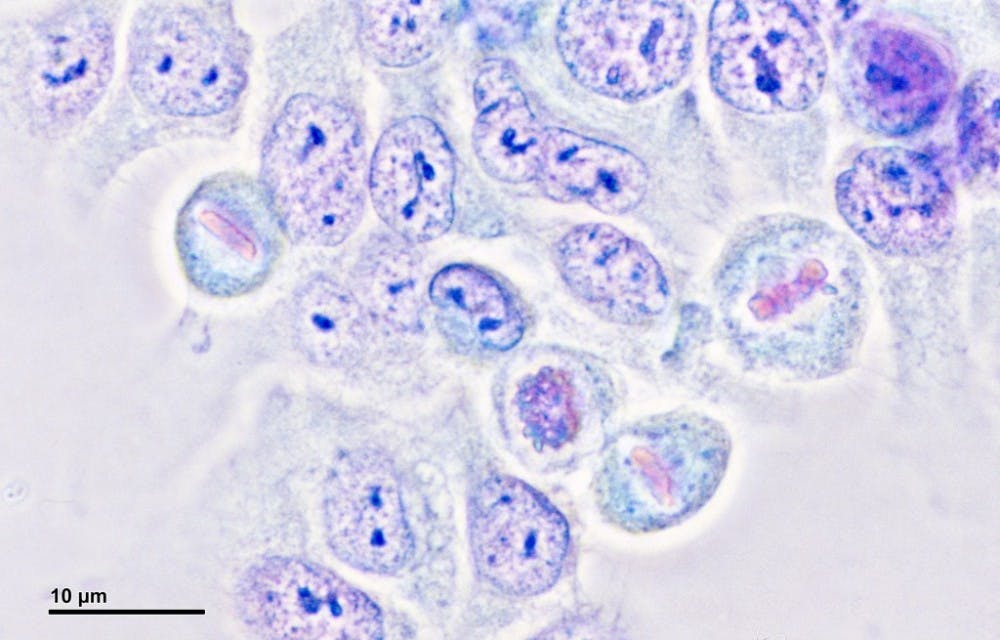Complex organisms like humans are made of trillions of cells that can communicate with each other to coordinate actions. During development, when a cell’s identity is being determined, the chemical environment around a stem cell influences its differentiation into a specific type of cell. A cell can sense the concentration gradient of a chemical signal in its environment, causing the cell to move in a desired direction and then proliferate.
However, there is a limit to a cell’s ability to detect certain signals. Similar to other types of sensors, cells have a margin of error for detecting concentration gradients, which limits their sensitivity to such signals. In other studies, scientists have determined that individual cells operate at this limit, but recently, researchers have demonstrated that cells can cooperate with their neighbors in order to sense concentration differences below their detection limit.
“Previous research has typically focused on cultured cells,” Ilya Nemenman, a coauthor of the study and a biophysicist at Emory University, told Science Daily. “And when you culture cells, the first thing to go away is cell-to-cell interaction. The cells are no longer a functioning tissue, but a culture of individual cells, so it’s difficult to study many collective effects,”
In order to preserve cellular communication, in a recent study published by the Proceedings of the National Academy of Sciences (PNAS), researchers from Hopkins, Purdue and Yale created microfluidic devices that form three-dimensional structures. These devices allow cells to clump together into functional structures called “organoids,” and these organoids permitted interactions among different cells.
The researchers first plated mammary epithelial cells into these three-dimensional devices. These clumps of cells were then subjected to different concentrations of epidermal growth factor (EGF), which stimulates cell proliferation and differentiation. Then, the clump of cells started to move in the direction of higher concentrations of EGF. The results demonstrated that these cells were capable of deciding to move together as a unit — in other words, they acted collectively and not individually.
The researchers also found that the collection of cells, when acting in tandem, was able to detect differences in the concentrations of signals that were as small as a few molecules. This sensitivity was much higher than the margin of error that is observed when cells act individually.
“The clumps of cells, working collectively, could detect insanely small differences in concentration gradients — such as 498 molecules of EGF versus 502 molecules — on different sides of one cell,” Nemenman told Science Daily. “That accuracy is way better than the best possible margin of error [for individual cells]... of about plus or minus 20. Even at these small concentration gradients, the organoids start reshaping and moving toward the higher concentration. These cells are not just optimal gradient detectors. They seem super optimal, defying the laws of nature.”
In addition researchers found that the communication networks among cells operate like humans do when playing a telephone game. Cells can only communicate to adjacent cells, so information is relayed from one cell to another across the network. Similarly, as information gets passed down, the original message becomes distorted in both cellular and human telephones — there is a limit to how far information can travel without being unrecognizably altered. In cells the limit to relaying useful, accurate information consists of a chain of about four cells.
There is still ongoing research regarding intercellular communication, which can help scientists further their understanding of developmental processes.
“Our findings are not just intellectually important,” Nemenman told Science Daily. “They provide new ways to study many normal and abnormal developmental processes.”





